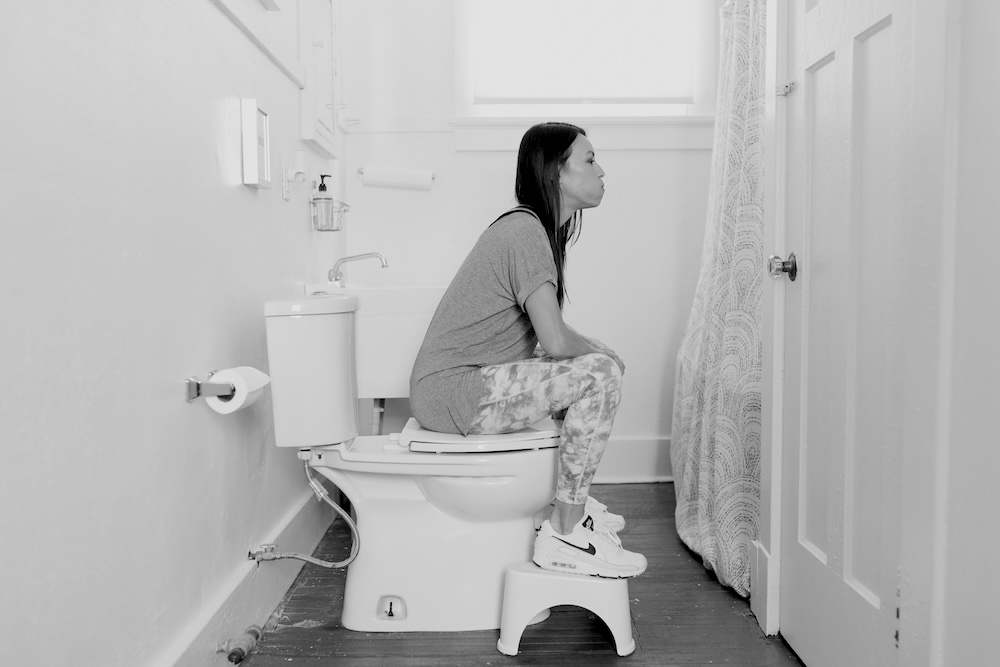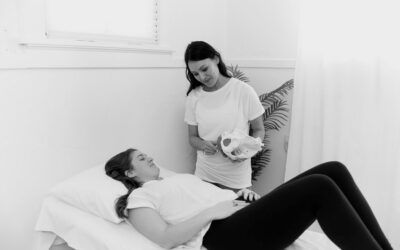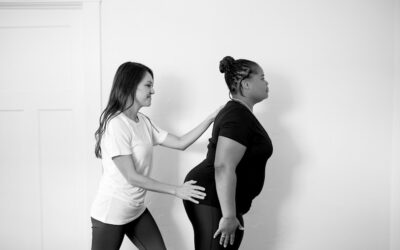Power peeing is not, in fact, a bathroom superpower as it may sound. It’s actually a huge contributor to pelvic floor weakness and urinary leakage and a big overall no-no. The term generally means pushing to pee, often to urinate faster.
If you find yourself rushing on the toilet, pushing your urine stream so it comes out faster, or straining to get done as quickly as possible, you are power peeing. Follow the tips below to avoid leakage and pelvic floor issues from power peeing.
How to Avoid Power Peeing
The bladder wall is a muscle that pushes your pee out for you. There is no need for you to push to empty your bladder. The additional pressure from pushing can stretch your pelvic floor muscles and ligaments over time and lead to pelvic floor weakness, urinary leakage, and even pelvic organ prolapse.
Step 1: Sit properly
Sit down fully on the toilet seat. Don’t hover! Let yourself rest fully on the seat.
Power peeing is common with folks who tend to squat or hover over the seat, as these are harder positions to pee in! Hovering over the toilet clenches your pelvic floor and can make it difficult for complete bladder emptying.
Step 2: Relax and breathe
Take a couple deep breaths and let your vaginal muscles relax. If you’re having trouble releasing that tightness, the sound of running water or putting your hand in warm water can often help folks relax.
In pelvic floor physical therapy we love kegels! But, we don’t want you to stop your urine midstream as this will cause your pelvic floor muscles to tense. We want the bladder muscles to release, allowing urinary sphincter to relax and your flow of urine to come easily.
Step 3: Don’t push the last drops out
If you feel like you have a few more drops at the end, rock your hips side to side. You can also try standing up and sitting back down to allow any remaining pee to come out.
Remember, don’t push or strain! Take your time on the toilet and avoid power peeing to prevent pelvic floor problems later in life.
What is Urinary Leakage?
Approximately 50% of women over the age of 65 have urinary leakage. This is also one of the number one reasons for admission to a nursing home later in life! Many postpartum and pregnant folks experience leakage, too.
If you leak, know it’s very common, but not something that you have to live with. Try to optimize your bladder habits using our tips below and work with a pelvic floor PT who will be able to fully assess your individual situation.
We can also help with urinary concerns such as urgency, frequency, pain, frequent urinary tract infections and more! Check out The Vagina Whisperer’s online consultations to get a pelvic floor PT’s advice from the comfort of your home.
I feel like I need power peeing to get it all out! What should I do?
#1 Learn optimal bladder habits.
To avoid power peeing, set yourself up for success so you’re not feeling desperate to get to the bathroom or rushed when you sit down.
- Urinate every 2-4 hours during the day. When you’re pregnant this will be a lot more often.
- Try to avoid peeing overnight, or keep it to one time. Again, this will probably be more when you’re pregnant!
- Drink 1-2 cups of water between bathroom visits during the day. Stop fluids ~2 hrs before bed.
#2 Only go when you have to.
Avoid just in case voiding – peeing just because you see the toilet or it’s convenient before leaving somewhere. Often, this can make sense if it’s been awhile since you last peed or you have a full bladder. However, other times it’s creating a habit to go when you don’t actually need to yet.
#3 Don’t hold it.
If it’s been more than four hours, you likely need to go. This habit may contribute to overstretching your bladder capacity. If you go long term without peeing, you may also be restricting your fluid intake.
#4 Use a squatty potty.
Put your feet up on the squatty potty and lean forward to help relax your pelvic floor muscles to empty completely.
#5 Look out for warning signs!
If you feel like you have to force the pee out for completely emptying your bladder, you might have pelvic organ prolapse.
Your pelvic floor PT might recommend some internal or external devices to give your pelvic organs the extra support they need. Often folks benefit from the use of a pessary—a silicone device that sits inside the vagina to keep your organs in place.
The revive bladder support is another tool designed to help with bladder control. This reusable device can be inserted similarly to a tampon and helps support the bladder, reducing leaks and improving bladder emptying. It’s particularly beneficial as an over-the-counter solution that provides immediate support.
The V-Hive is here to help you beat power peeing!
Strengthening, relaxation, and postpartum programs, oh my! The V-Hive membership has it all. Check out all the programming the V-Hive has to offer and join for 7 days, completely free.




